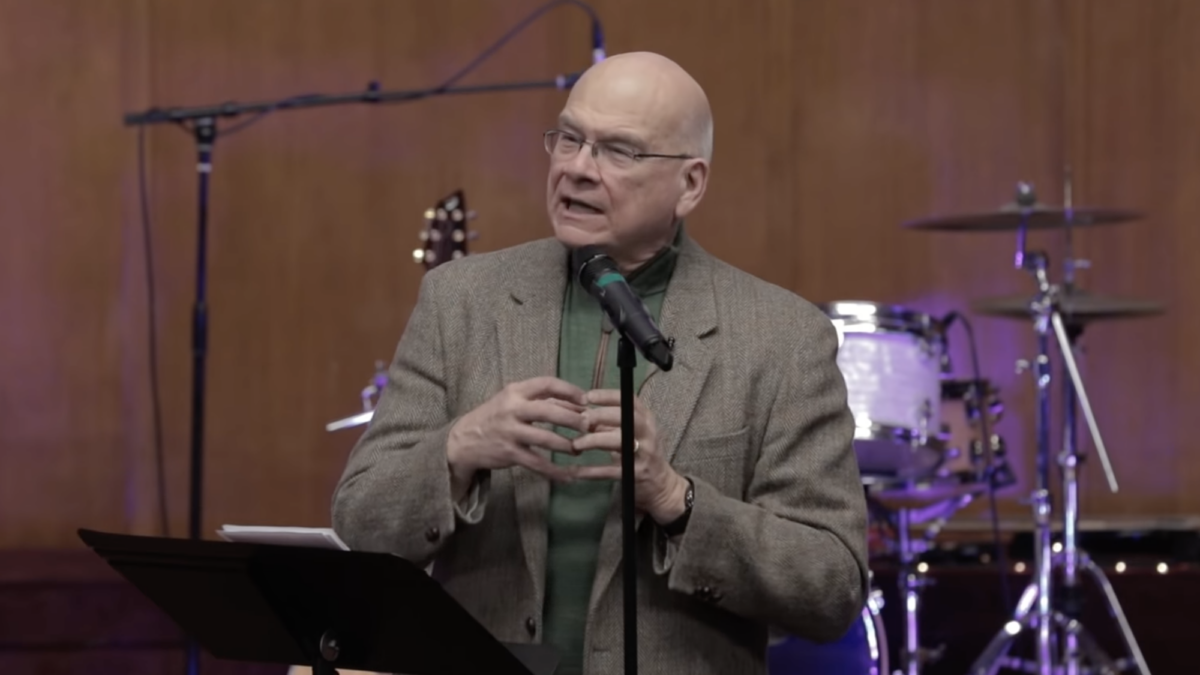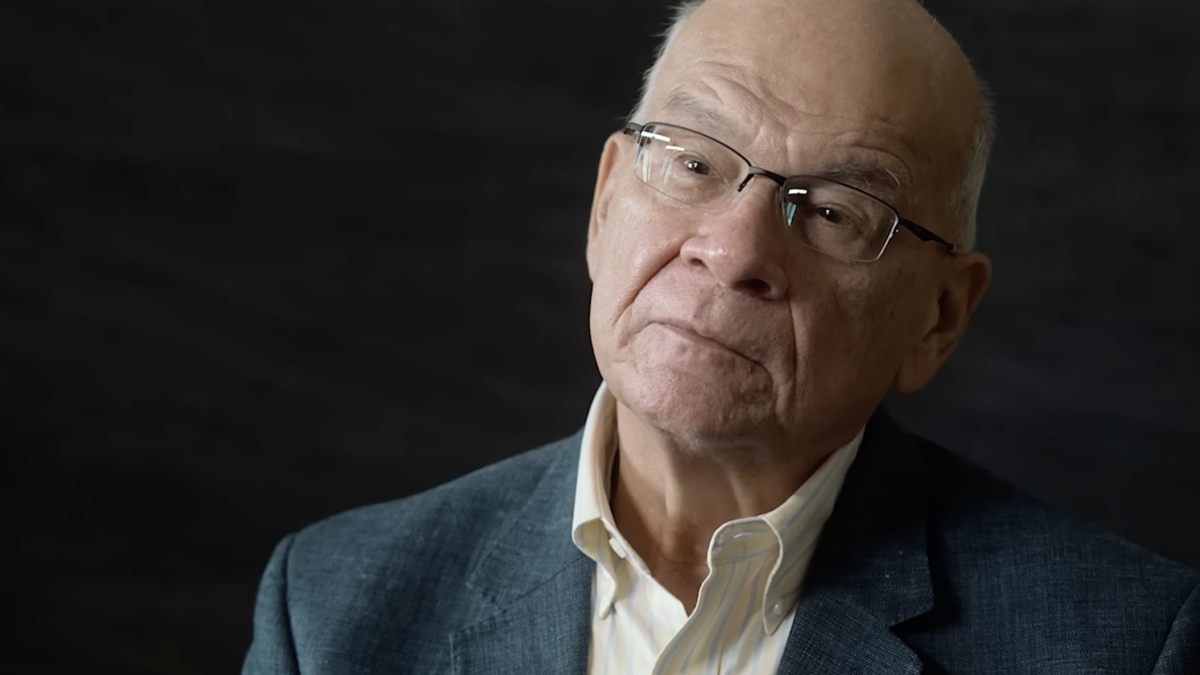
Is the Netherlands pumping the brakes on euthanasia? The official figures for 2018 were released in April and they show that euthanasia has decreased by 7 percent. This is the first time since 2003 that there was a drop.
The 2018 figures come as a surprise. Given the Netherlands’ aging population, instances of euthanasia were expected to increase. So why did they decrease instead? The Dutch Ministry of Public Health is looking into the question and will publish a report. For now, the Dutch are left to speculate.
Jacob Kohnstamm, the chairman of the Dutch committee that oversees euthanasia, offered one possible theory. In an interview, he suggested a flu epidemic in early 2018 took the lives of elderly patients who would otherwise have received euthanasia.
However, the most widely accepted theory is that doctors have become more reluctant to administer lethal injections. Last year, the Dutch Ministry of Justice announced it was going to prosecute a doctor for negligence in a euthanasia case. This is the first such prosecution since euthanasia was legalized in 2002. The Dutch Ministry of Justice had never gotten involved before. The case attracted enormous media attention, both in the Netherlands and internationally.
The patient was an elderly woman with advanced Alzheimer’s. While she was still of sound mind, she wrote a legal declaration requesting euthanasia. However, her stipulations about when she wished to die were open to interpretation. The doctor secretly placed a sedative in the woman’s coffee. Before the doctor could administer the fatal injection, however, the woman awoke and struggled. Her family restrained her and the doctor proceeded.
The Dutch Ministry of Justice is also investigating two other instances of euthanasia for possible negligence. It remains to be seen if these will result in charges being filed. (Two other cases were investigated but later dropped.)
While the odds of a doctor coming under scrutiny from the Ministry of Justice are tiny, the prosecution and the investigations gave Dutch doctors quite a scare. They had not anticipated potential legal consequences. Steven Pleiter, director of the Life’s End Clinic, told Dutch media, “The fact that the Ministry of Justice has already announced it is filing charges in one of its five investigations could have such an impact that it gives doctors a terrible shock.”
The Life’s End Clinic, based in The Hague, administers euthanasia in certain cases when a patient’s own general practitioner has refused. Often these are patients with psychiatric illness or dementia. One of their doctors is among the two still under investigation. In 2018, for the first time since their founding the Life’s End Clinic reduced the number of lethal injections their doctors administered. They explain on their website, “Out of fear of criminal prosecution, doctors have become even more cautious.”
There is also another possible explanation for the decrease in Dutch euthanasia seen in the official figures for 2018: Perhaps euthanasia has not actually decreased, but reporting of it has.
Non-reporting of euthanasia is already commonplace. A study by the Dutch government from 2015 found that 19 percent of euthanasia cases were not reported to the official channels. Studies from 2010 and 2005 found similar levels of non-reporting. The 2015 study takes a charitable view of non-reporting, arguing it is “connected to the fact that doctors do not consider all such cases to constitute euthanasia or assisted suicide. We should note that these are a grey area. When morphine is used, for example, it is often not possible to determine if there was a life-shortening effect.”
However, some of the data paint a slightly less rosy picture. For example, doctors were far more likely to report a death as euthanasia if a second doctor had been consulted while the patient was still alive. In 93 percent of non-reported instances of euthanasia, no second doctor was consulted. Moreover, 10 percent of doctors said they found the reporting process to be “time consuming” and 5 percent said they found it “burdensome.”
All the doctors surveyed for the 2015 study claim they reported all their euthanasia cases. However, 8 percent of them answered yes when asked to envision a future scenario in which they might not report. Now that doctors are facing the threat of legal consequences, perhaps their incentive not to report has become stronger. Kohnstamm recently admitted, “Reporting is the Achilles’ heel of the practice of euthanasia.”
Whatever the explanation for the decrease is, a cultural shift does not appear to be taking place in the Netherlands. Demand remains high. In fact, figures for the first quarter of 2019 show a 9 percent increase in reported instances of euthanasia. Kohnstamm said in an interview, “This year may well prove to be an exception.”









